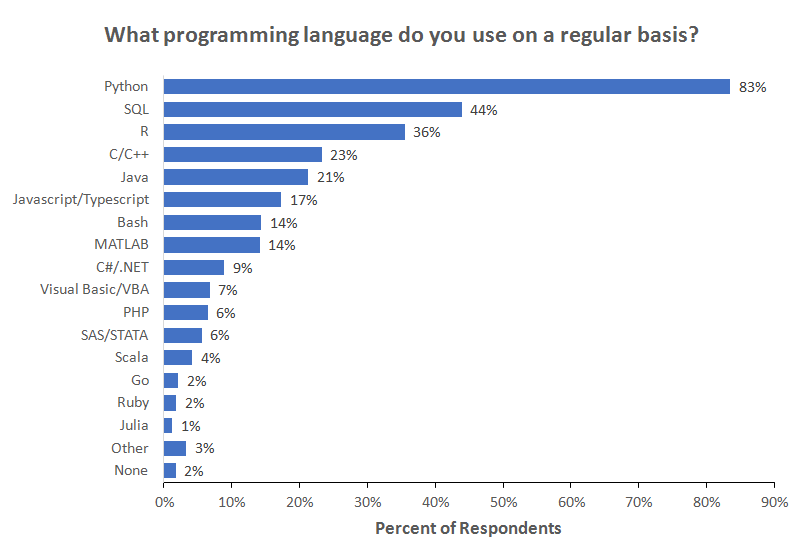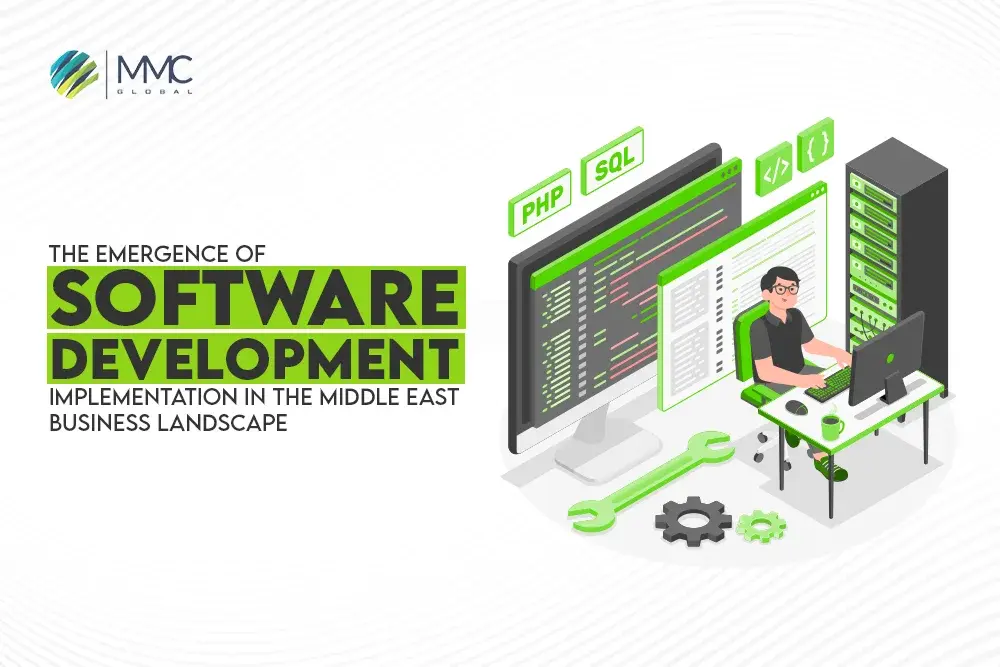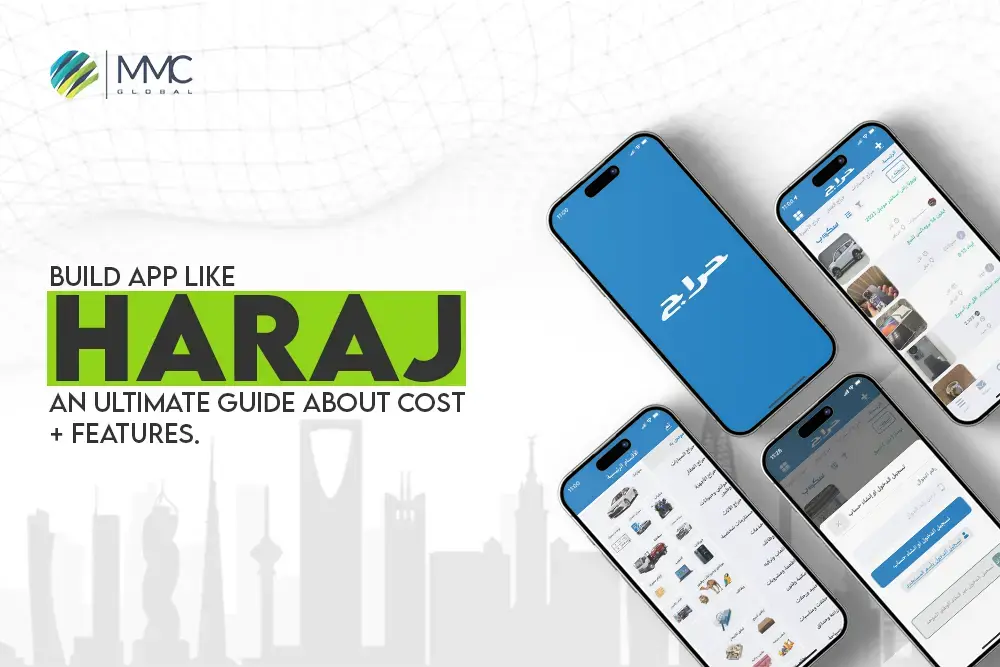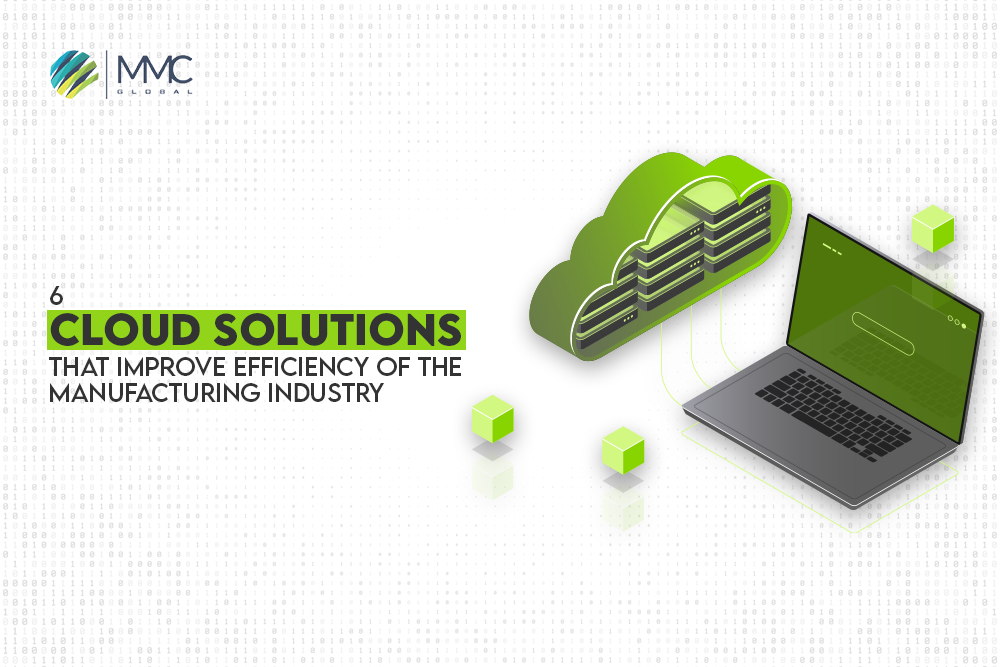In the context of web app development, the appeal of Python has skyrocketed in recent years. Although several people are not surprised, this programming language has exceeded Java in prevalence. Many developers now use Python as it has rich and extensive libraries.
Python’s robust and voluminous libraries, simple-to-learn syntax, and flexibility make it a favorite among professionals in the fields of machine learning, data analysis, and web application development.
Being a Python developer or creating your web app using Python at this moment is unquestionably perfect. So, why not go for it? There are numerous good web app development companies to provide you with Python web app development services, and one of them is MMCGBL, where you don’t have to worry about anything because you will be dealing with professionals.
Additionally, read the article to get an insight into what you need to create your web app. Read the report to the end to discover how to use Python web app development.
What exactly is web application development?
You’re probably thinking about what precisely web development is if you’re unfamiliar with programming. It may not be easy to pin down the precise definition, although it can be broadly characterized as the process of generating and operating websites.
In web development, the frontend—anything that comes into contact with the client—and the backend—which houses business logic and communicates with a database—are often combined.
One uses an online network to access a web application without the need to download it. By using a web browser like Google Chrome, a user can visit a web application. The bulk of web apps can be created using HTML5, CSS, and JavaScript.
Read more: Web App Development: The Process and Its Advantages!
What are Python web app development frameworks & why are they important?
First things first, we will see what python web app development frameworks are! It is a software framework that’s been created to make website creation and web development steps more straightforward. It offers a platform for writing data flow and has several application programming interfaces (APIs) for exposure to core data assets.
It also has formatting features that let you display material well within the browser. Most frameworks also give web developers the technologies they need to create content management systems (CMS) for handling digital content on sites and Online.
The more repetitive tasks and functionalities required to create a website could be handled by a web application or development framework, a pre-made model. This implies that web developers will invest significant amounts of time writing code in communicating with the various components of the web application framework.
If we say it simply, frameworks typically include elements that “rigged up” your game, reducing the amount of tough work you will be doing. Only the backend for server-side technology, such as URL redirection, HTTP requests and results, database accessibility, and web security, uses Python web frameworks.
Although using a web framework is not needed, it is highly advised since it enables you to create complicated apps in a substantially shorter amount of time.
A few popular python frameworks to work with
The two most widely used frameworks for Python web app development by a considerable margin are Django and Flask.
Django
Python-based Django is an open-source web app development system. A web framework is a collection of elements that makes it quicker and simpler to create websites. A comparable set of features are usually required when establishing a site: a method for handling user verification (signing up, signing in, and signing out), a control panel for your webpage, forms, a way for uploading files, etc.
For your benefit, some people long ago realized that web developers have common concerns when creating a new website. As a result, they collaborated to establish frameworks, one of which is Django, that provide you with fully prepared features to leverage. Frameworks seek to serve you to avoid creating the web app from scratch and reduce a few of the expenditures involved in creating a new website.
Flask
Flask is categorized as a microframework or a simple web framework. It excludes many tools and capabilities that full-stack frameworks like Django provide, like a web design system, account authorization, and identification. It is referred to as being less “battery powered.”
Because Flask is lighter and simpler, you may add the libraries and add-ons you require as you code rather than waiting for the framework to do so. Flask’s guiding principle is that it just provides the parts you have to create a web application, giving you versatility and authority. Big businesses like Netflix, Linkedin, and Uber all employ the popular and effective web platform Flask.
Here is the list of Top Backend Frameworks For Web App Development in 2022
Which one is best to use?
If you are wondering which one is the best to employ – let me tell you, it depends! First, you need to consider what level of your web app development expertise. Probably build your software with something more “basic” if you have a lot of familiarity. However, if you are a novice developer, perhaps it is preferable to choose a framework like Django that offers greater assistance.
Additionally, consider whether you would choose to have the freedom to create the framework of your codebase or a “core” codebase to expand on. Choose Django if you want the first option; choose Flask if you prefer the other.
But remember, in the end, they can do the same thing; thus, getting started coding seems more essential than worrying about which framework is superior.
Python web app development with python libraries
Below are some of the most helpful python libraries that you should know about:
- Scrapy is an excellent option if you need or want to pull data from the web crawler for your app. It is a commonly adopted library for several tasks, including systematic testing, data gathering, and scraping.
- Zappa is a full library for creating cloud-hosted applications on AWS Lambda.
- A library called Requests makes it simple to submit HTTP requests, which are required to interact with applications and obtain things like data or HTML web pages.
- Dash is yet another helpful library that supports people in creating web apps for data visualization. It contains functionality, including charts, graphs, dashboards, and so on, and is developed on the edge of Flask.
Python web app development roadmap
Stage 1: HTML + CSS
Knowing HTML and CSS before you begin web app development is critical because these are the building blocks of website creation. To start your web development career, it will indeed be preferable if you know how to organize responsive sites.
However, learning about topics such as the internet, HTTP, browsers, DNS, hosting, and much more could also be beneficial. Both CSS frameworks, Materialize and Bootstrap, that you could learn greatly accelerate your work but are not necessarily required.
Stage 2: Javascript
The best thing to do after that is to study basic Javascript. Programming fundamentals must be learned, such as data types, variables, general conventions, string manipulation, arithmetic and operators, control lines, iterations, etc.
Leveraging Javascript in client-side programming will be simpler for you if you understand the fundamentals of the language.
Stage 3: DOM and jQuery
After mastering javascript principles, you must figure out how to work with the DOM using jQuery, a javascript library that facilitates DOM management. You now understand how to make real-time web pages.
Frontend Framework (not compulsory)
Learning a front-end framework such as React is encouraged but not necessary to create a useful full-stack online app. In addition to aiding in the creation of appealing SPAs, it is frequently required to be employed as a frontend or full-stack programmer.
Stage 4: Python
Coming to the backend now. While understanding DOM modification, you must go above the fundamentals of Python, exactly as you did with Javascript. You would be better prepared for Django by knowing the foundations so that you may not have as much difficulty getting started. However, since most of the notions in Python are identical to those in Javascript, understanding the basics must not be too challenging.
Also read: PHP VS PYTHON: Which One Developer Loved Most In 2022
Stage 5: Django + Database
Setting up your backend framework and creating the business rules are both possible with Django. You would also need to understand databases like SQLite, how to run queries, and how to do CRUD operations. You can create a full-stack app using this!
Benefits of python web application development

Simple to understand
It is one of the most favored languages for beginners, and it’s not for nothing. The entire language depends on whitespace and common expressions, enabling users to write considerably less code from other languages such as Java and C++. In addition, it has a decreased barrier of entry since you can comprehend the code simply even though it is more familiar with your ordinary language.
An abundant environment and library
Python web app development provides a wide variety of library resources and modules, allowing users to leverage a lot of already-written code and speeding up the time it takes to construct applications. For instance, you can use Numpy and Pandas to analyze data mathematically, Pygal to create charts, and SLQALchemy to build reusable component searches. Python also has some incredible web frameworks, including Django and Flask, that we have explained above in a more detailed and extensive manner.
Rapid prototyping
In comparison to all other scripting languages, Python requires noticeably little time to construct applications, enabling you to develop and receive feedback much more rapidly. Python is particularly beneficial for small businesses because they can enter the market more quickly and obtain an economic advantage.
Extensive prominence
Having users from all around the globe, the Python programming language is among the most widely used languages. Due to its widespread employment, Python is frequently revised with the latest functionalities and libraries, so it offers first-rate documentation and local outreach. Python provides comprehensive support and a framework for inexperienced programmers to start their development careers.
Conclusion
Organizations engage in Python app development for a variety of factors. The language is versatile and has a thriving development community to start. Secondly, it offers a simple syntax that enables you to write less code and get outputs faster. Lastly, most Python frameworks provide built-in security mechanisms that prevent unauthorized access to code.
Over time, Python has emerged as the preferred language amongst developers working in science, machine learning, and artificial intelligence. These and many other arguments strongly support Python web app development if you consider using it as your web app development option. Hiring Python web developers to build your app successfully will not be the dream anymore. With MMCGBL, you will get qualified Python developers for your next project.
Python Web App Development FAQs
What does it cost for python web app development?
Python web app development results in speedier turn – around time and easy connectivity. Another great argument for selecting Python is that it boosts enthusiasm and efficiency. You should be curious about the price if you intend to use Python to create a mobile or web application.
Once it relates to cost, numerous factors must be considered. It comprises the time spent, layout, tools, frameworks, and functioning. By approaching MMCGBL and providing the necessary information, you may have a clear picture and estimate the cost of developing a Python web application.
How should you pick a Python web app development firm?
It cannot be easy to pick the best Python web development firm. There are several elements that will aid in your decision-making. For instance, it’s crucial to look over the corporate portfolio and concentrate on initiatives that involve Python.
The growing firm needs to provide honest feedback and critiques in addition to the work that has been completed. Never forget that cost and programming alone are not enough; layout and user experience are just as crucial, so you must find a balance between the both.
How long would it take to develop a Python app?
The time required to develop a perfectly functioning site relies on a variety of variables. Based on the intricacy of the job and the number of necessary changes, a customized web design job might take anywhere from one to four weeks.
Further, 1-6 weeks are required for even more development phases, depending on the page’s capability and quantity. We complete projects in the shortest amount of time possible using Agile development methodologies.



